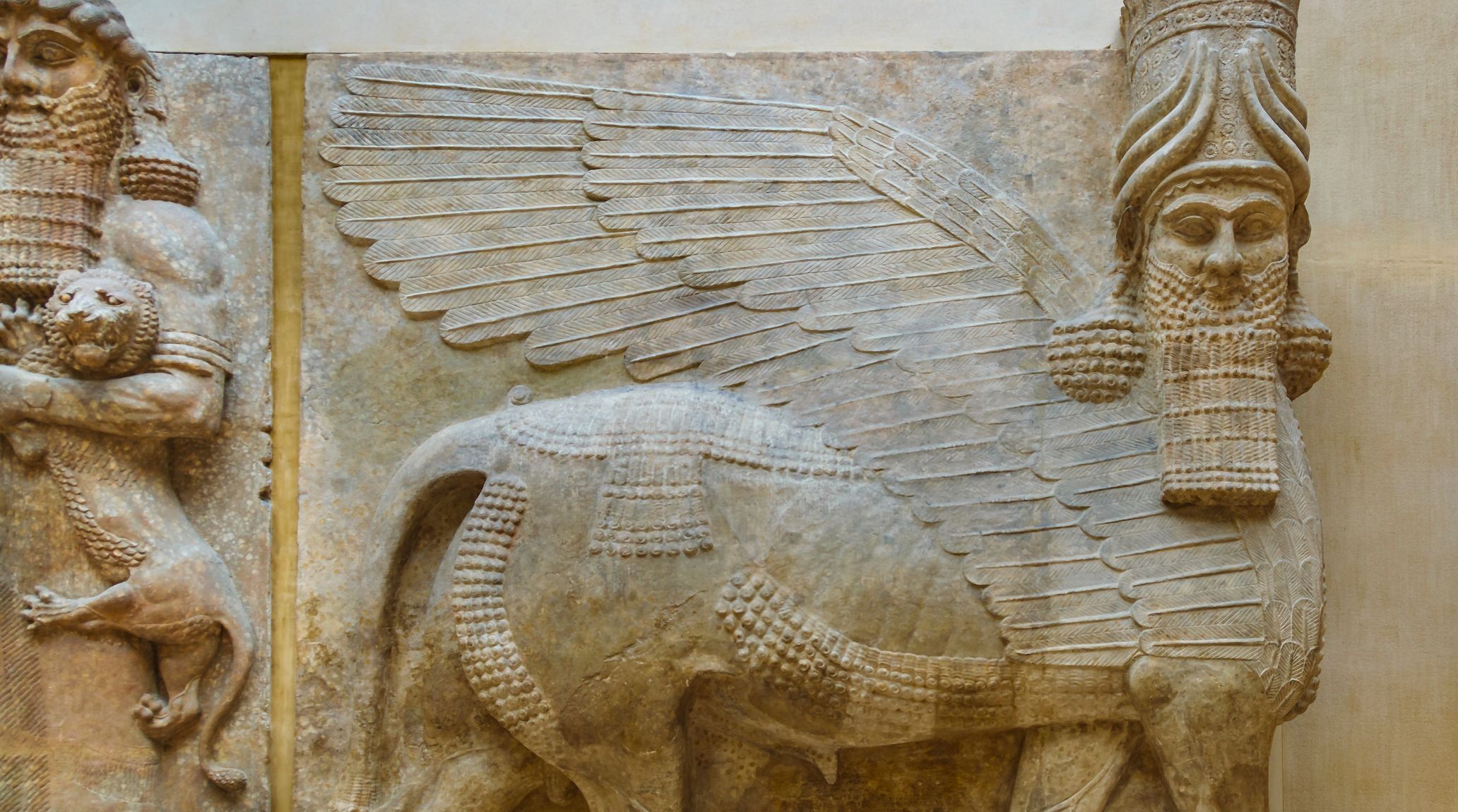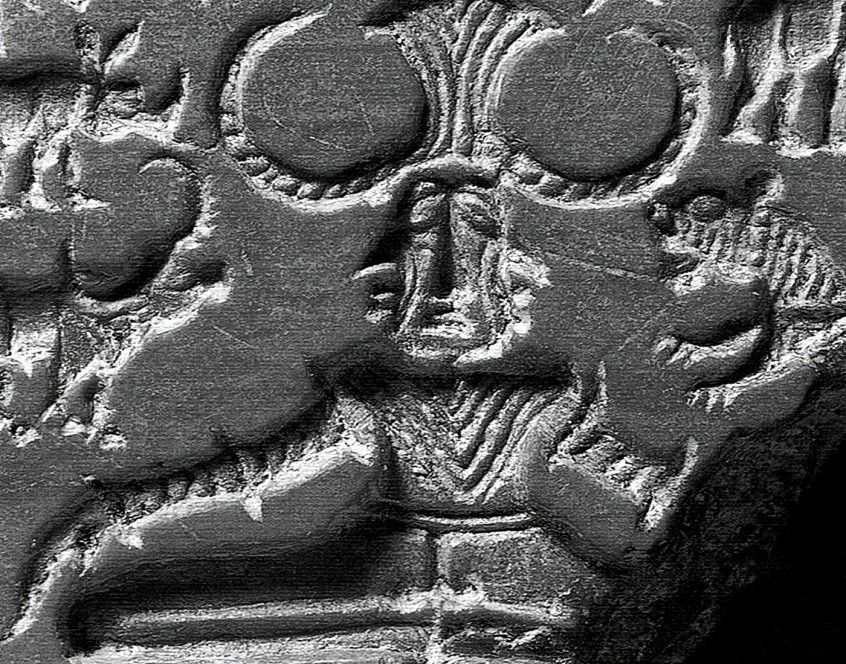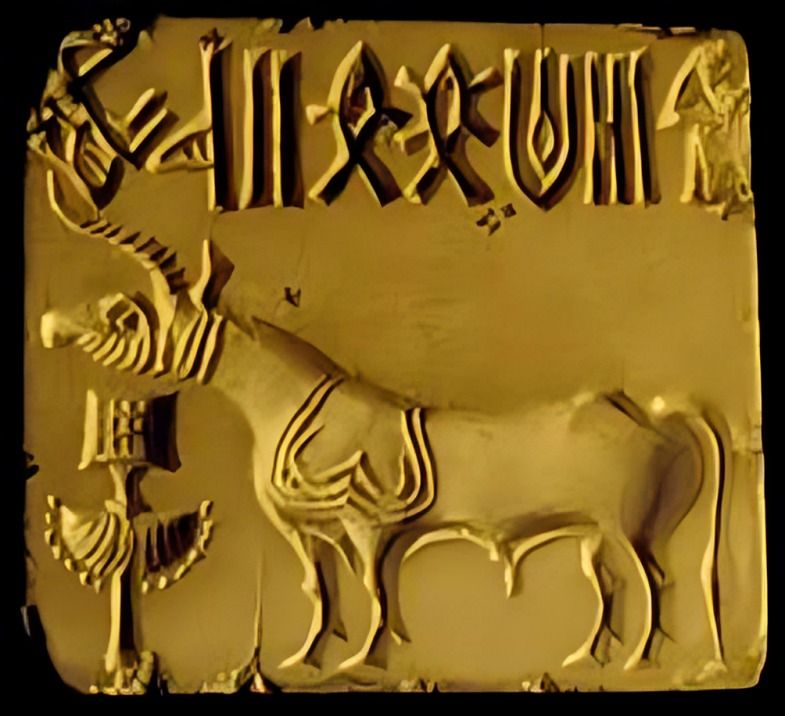
“
The Indus Valley civilization, one of the world’s oldest, has long fascinated historians and archaeologists alike. Its religion and rituals played a significant role in shaping the spiritual life of its people. In this article, we explore 15 compelling facts about Religion and Rituals in the Indus Valley Civilization that were central to this ancient society.1
1
”
The religious beliefs of the Indus Valley Civilization have been extensively studied, often with an eye toward linking them to later Indian religions. However, due to limited evidence and the undeciphered Indus script, many conclusions are speculative. 1

However, seals such as the Pashupati, Procession, and Swastika Seals, along with evidence of tree, snake, and Yoni worship, provide some insight. It is also thought that Linga worship was practiced in areas like Kalibangan.
The Pashupati Seal is one of the most famous artifacts, showing a figure seated in a yogic pose with animals around him, suggesting a possible early form of Hinduism or a nature deity. 2
The Yoni, a symbol of the feminine principle and fertility, is frequently depicted in Indus Valley artifacts, often alongside the Linga. This imagery indicates early forms of fertility worship and reverence for the feminine divine.3
Another seal from Mohenjo-Daro, known as the "sacrifice" seal (now in the Islamabad Museum), depicts a religious ritual, though interpretations of its imagery vary. The seal shows significant wear from heavy use. 4
Artifacts and seals suggest that tree worship was an important aspect of Indus Valley religion. Sacred trees are depicted in various forms, pointing to their symbolic and ritual significance. This practice may have been linked to themes of fertility and life.5
Snakes are a recurring motif on Indus Valley seals and artifacts, suggesting that they held religious or symbolic significance. The presence of snakes could indicate their association with protection, or other divine aspects. 6
The Great Bath at Mohenjo-Daro is a notable feature, reflecting the importance of ritual purification. This large, public bathing area suggests that water played a significant role in religious ceremonies and personal purification. 7
Evidence of fire altars at sites like Kalibangan indicates that fire rituals were a part of their religious practices. These altars suggest early forms of Vedic-style fire worship. The use of fire in rituals may have had significance related to offerings and purification. 8
Numerous animal figurines and seals with animals, such as humped bulls and unicorns, have been discovered. These items likely held religious or symbolic meaning, possibly representing fertility or divine attributes. 9
The Linga, a symbol associated with the deity Shiva in later Hinduism, appears in some Indus Valley sites like Kalibangan. This suggests that phallic worship or related practices existed in early Indus religion. 10

The Procession Seal depicts a sequence of figures carrying standards or banners, suggesting ritual or ceremonial processions. Such imagery indicates that processional rituals were part of their religious practices.
The undeciphered Indus script found on seals may contain religious or ritualistic texts, but its meanings remain unknown. The script's indecipherability limits our understanding of their religious literature and beliefs. 11
Many ceramic objects, including pots and figurines adorned with religious symbols, have been found. These items were likely used in rituals or as offerings, reflecting the role of ceramics in their religious practices. The artifacts reveal aspects of daily religious life. 12
Numerous female figurines have been interpreted as representing a Mother Goddess of fertility deity. This suggests that goddess worship was an important aspect of their religion. The cult of a female deity reflects themes of fertility and creation. 13


